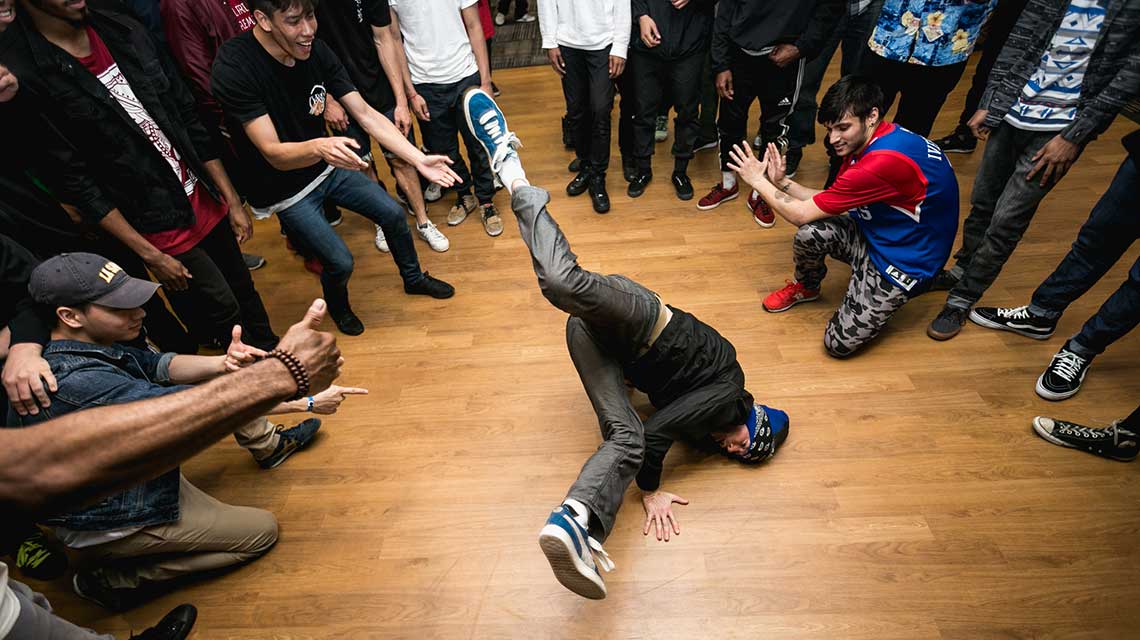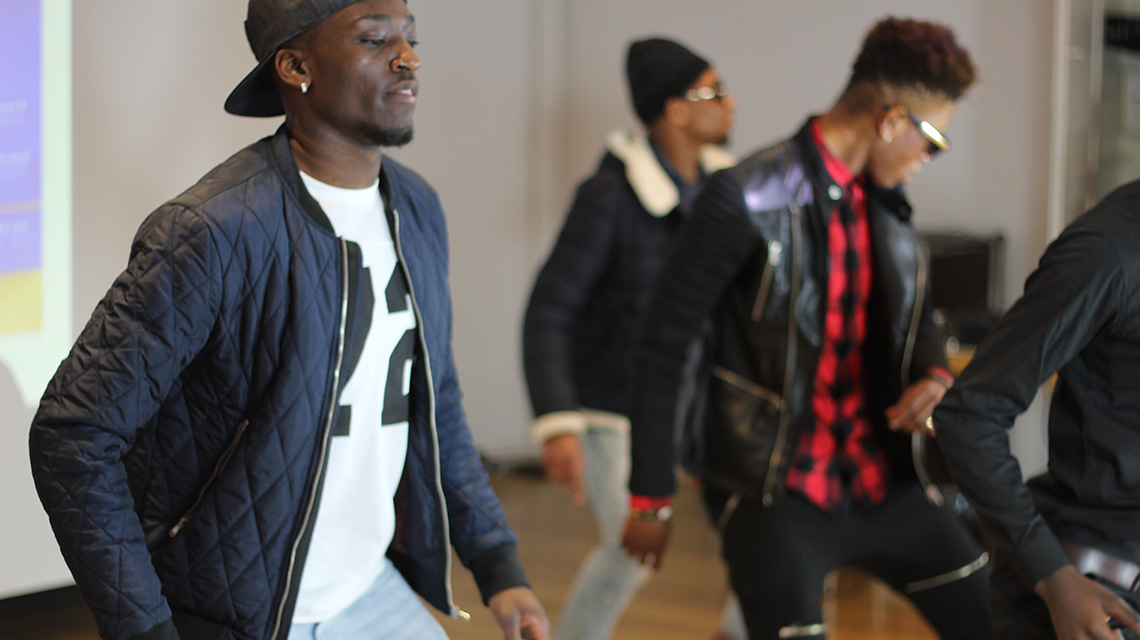On the heels of Joanna Hall’s excellent and thoughtful blog post from last week and with the anticipation of my upcoming blog post this week, I have been reflecting a lot on the question of writing about popular dance: how, why, and most importantly what to write about. It’s a thought that somehow not so seamlessly follows the completion of my PhD and the insistent question posed in job descriptions about the next potential, big, beneficial, and cutting-edge research projects. What do you bring to the department/school/faculty? Where do you fit in? How would you position yourself and your research? Which resonates with my own questions. Where do I go from here? How do I determine where to go next?
When I speak of “here”, I refer to the space that my PhD project on So You Think You Can Dance and affect has provided for me for the last 4 years. “Where to” in the current academic environment is the big question that hovers on the edge of my consciousness. It’s not that I am at a loss for ideas or interests, but researching and writing about popular screendance has always been a balancing act between several related yet different disciplines; a balancing act that was full of movement and full of a lack of a clearly placed position despite the insistent question, “but what is your methodology?” I enjoyed playing around with multiple interdisciplinary approaches to popular (screen) dance and saw it as a part of the freedom of movement that the PhD gave me. I also saw it as the freedom that the beautifully interdisciplinary field of popular dance affords scholars. For the next big thing, however, I seem to have to position myself more carefully.
Thinking about Brian Massumi’s conception of “positionality” as that which subtracts movement (Massumi, Parables, 3), my body, and by extension my brain, seem to be stagnant and also slightly resistant in determining which position to move to next. It’s in part a resistance to the “publish or perish” rhetoric that is so prominent in the Australian university system where I am located, which causes quite a bit of harm and anxiety among the PhD cohort. It also causes writer’s block and a blocked imagination. It’s Massumi’s static positionality. I believe thinking, writing, and researching takes time. When taking time is something that is not valued, every little moment of taking time to reflect is an instance of resistance. So I try not to think about my position as being devoid of any movement, but as one of stillness that is full of movement and breath, while I orient myself towards new spaces.
There is this scene in the movie Centre Stage (Columbia Pictures, 2000) where ballet teacher Juliette Simone tells ballet dancer Eva Rodriguez that returning to the studio, to the ballet barre to be exact, always means returning home. Home, in this instance, indicates the return to a safe space in which to reflect, gather strength, inspiration, and momentum. So, my question is, where in the current academic and also non-academic climate do popular dancers and/or popular dance scholars turn to for gathering strength, inspiration, and movement momentum? Where does the body turn to? Where do you turn to?
I find myself returning to the screen and particularly popular screendance texts as a source for ideas. In the last few weeks I have revisited films such as Centre Stage, Dirty Dancing, Honey, and more, as well as going to the movies to see Spear, A Ballerina’s Tale, and The Fits (all excellent and moving films!). I also constantly return to YouTube to watch new and old dance videos, dance music videos, and to engage with the comments in the dance fan community to see how and what other popular dance fan bodies sense and know. It seems that I will remain “stuck” on the screen (thanks Sara Ahmed for that ever appropriate metaphor) and stuck on popular dance research. As such, I will stick it out in-between disciplines and areas.
It is the strength of popular dance research to be interdisciplinary and to provide contact and relations between different area-surfaces. I find solace in this space. I find solace in the community of popular dance scholars. As Joanna Hall wrote last week, we are indeed stronger together. It is somehow something that counterbalances the writer’s block and the anxiety. It also mutes the “publish or perish” rhetoric. In this sense, maybe popular dance research can be seen more as an interface, an in-between that is in constant flow and movement, counteracting static positionality. In the words of Elena del Rio, “As the image becomes translated into a bodily response, body and image no longer function as discrete units, but as surfaces in contact, engaged in a constant activity of reciprocal re-alignment and inflection” (del Rio, “The Body as Foundation”, 101). And that is what my body knows.
Dr. Elena Benthaus, University of Melbourne
*Title inspired by Vivian Sobchack’s chapter “What My Fingers Knew: The Cinesthetic Subject, or Vision in the Flesh” from her book Carnal Thoughts: Embodiment and Moving Image Culture (2004).



